Context:
In 2008 I began in earnest to explore methods of combining photovoltaics with thermal collection to address the temperature delta problem in PV collectors. How hard could it be? I knew it was an important problem so it was worth working on, if only to come to a deeper understanding of the limits. I began a combination of searching for existing solutions and critiquing them as a method of brainstorming for new ones. Worst case I would learn about the domain and maybe find an investment opportunity? Most of the solutions I researched turned out to be either wrongheaded/expensive or already tried (often all three, HA!) But the one I arrived at finally and tried to patent was very different. It uses band pass separation and concentration to allow the pv to operate at significantly lower temperatures relative to the thermal collection elements. Letting the thermal side heat up to process heat levels (>160° C) makes the heat far more useful.
These higher temps can drive dual effect LiBr chillers at a COP of 1.2 and/or power denser (better) thermal storage. Two game changing economic benefits. Just as important for this approach is supplying the PV cells (Silicon or GaAs) concentrated light of only the bandwidth it can best convert. This maximizes electric efficiency through voltage support (ΔT) and lower recombination losses via concentration... Yet another multiplier working hard in our economic favor.
My patent was rejected. Long story omitted… but the outcome is: Patent examiners found my work was “anticipated” by the work of Hisao Izumi. His patent had some distracting and impractical aspects but the key insight about band pass separation was the important claim that won the day. So it goes. That patent has, however, expired. So his work (and mine too as a result) are both public property, both here in the US and the world over. However, both are little known and experiments in the area of spectral splitting hybrids... even somewhat like the ones I suggest, are few. Both our patents’ illustrations tended to obscure the potential for simplification in the effort to be clear. And Mr Izumi did not conceive of the use case for cooling or the use of compound (3D) concentration. For this and many other reasons, our work is effectively "hiding in plain sight".
Mr Izumi’s expired patents and my disclosed improvements on them need testing and evaluation. My task now, in the largest sense, is to not waste the discovery… If it works as I anticipate, the extra cooling power and the resulting offset to electrical loads would be an important product for the global sunbelt and, frankly, anywhere with a solar resource and a cooling load to serve. Air conditioning, removal of field heat and providing a cold chain for crops to reduce spoilage, are just some of the gigantic markets and human needs we might serve with a collector of this new type.
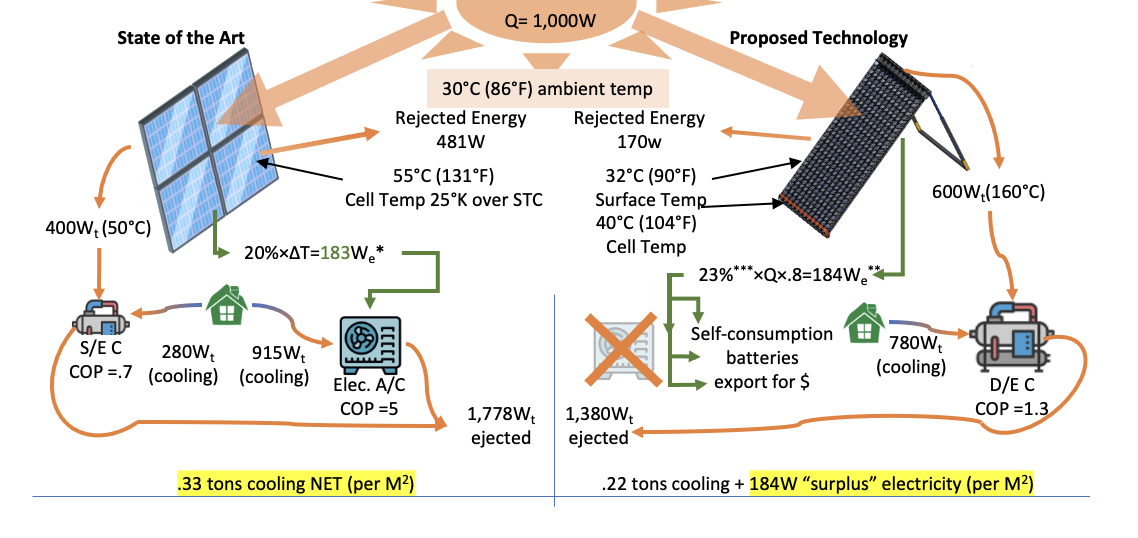
There are many steps between now and that hoped for result. I believe these next steps are appropriate for academic work because of the early developmental stage. I base that judgement on the small number of exchanges I have managed to make with business people. They told me it was too far off in the future and risky for them to spend money on… (I think the elements are a good bit less speculative than they do). But it is true that we in the US (at a minimum) have come to expect academia and the government to do the work of de-risking. With that in mind, and a few years of reading everything I could find on PVThermal hybrids that others have tried or suggested, I am very confident that my approach has not been tried yet. So anything we do will be, in the very worst case, entirely new, publishable work.
Assuming you know about single-sun, flat panel PVT collectors like Sundrum and Volther and the many others… and the studies of their technical limits, and have seen their limited uptake by the market, here are some key links and papers about the more creative and suggestive efforts in this arena:
Early Work:
If you like to trace evolution you might start with the Izumi (and others) 2000 paper published in the proceedings of the Sixteenth European Photovoltaic Solar Energy Conference (in Glasgow, UK, 1-5 May 2000.) It shows what I think is his best try at a spectrum splitting collector. Daiso Steel was the corporate sponsor of the effort (I think.) Theirs is much more materially costly and lower concentration than I am suggesting and it has multiple, active mass flows where I employ a simpler, single heat pipe, for instance. But it has one very real advantage: they actually built and tested it! And they found the expected improvement of PV performance under the filtered concentrated light and a real thermal output. I think you will find it interesting if a bit vague. It uses some odd terminology by current standards but overall a fine effort.
Here it is on googlebooks (it is a hard volume to track down physically, I have a physical copy, and if it is important I can get it to you…)
Mr Izumi’s patent is here. It is important to remember his embodiments are not practical but he is the first to draft it up, and he seemed to be pretty far from the practical engineering problems at that early moment.
My patent application is here, for reference. Putting stuff in glass tubes can make them look a lot alike!
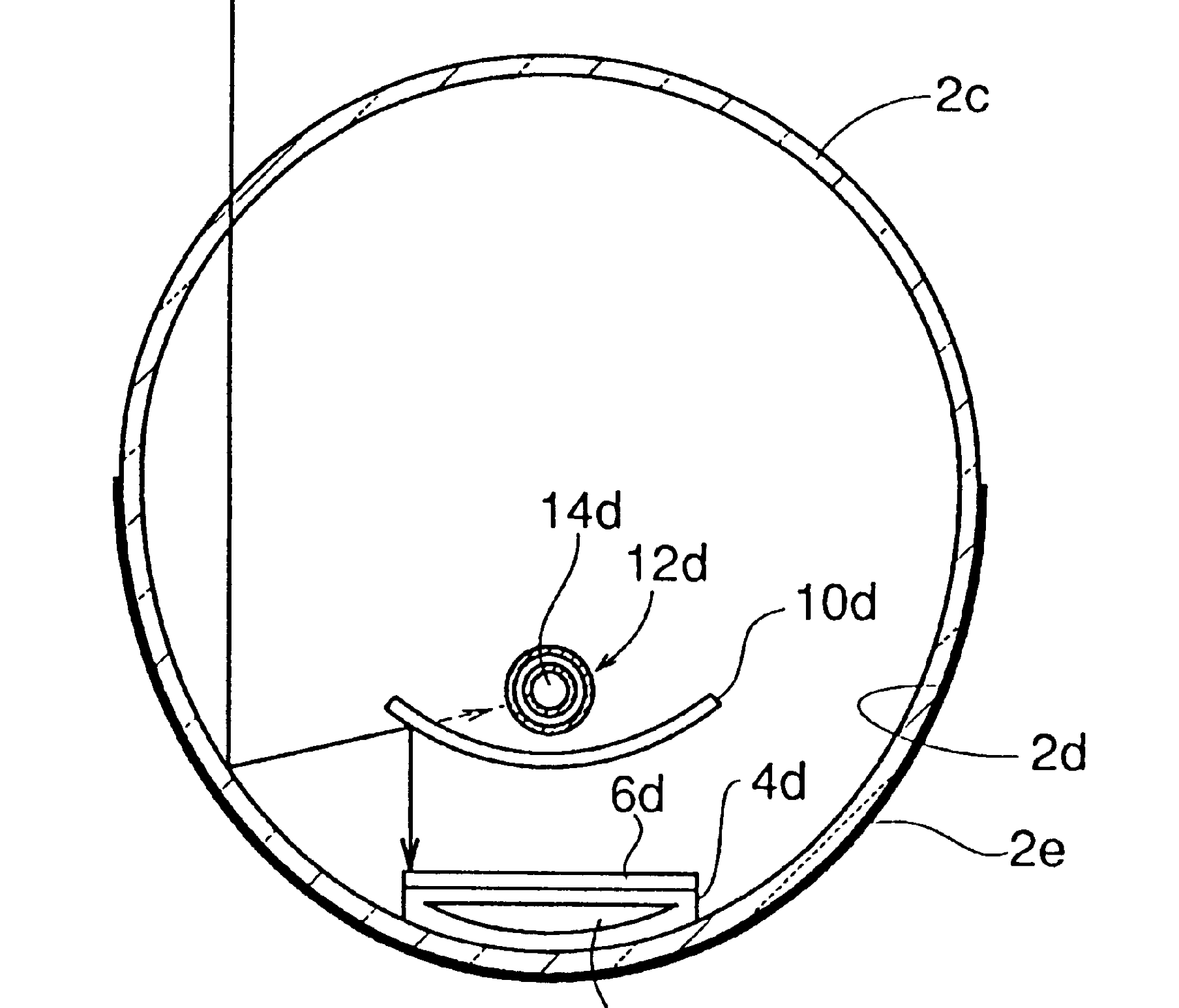
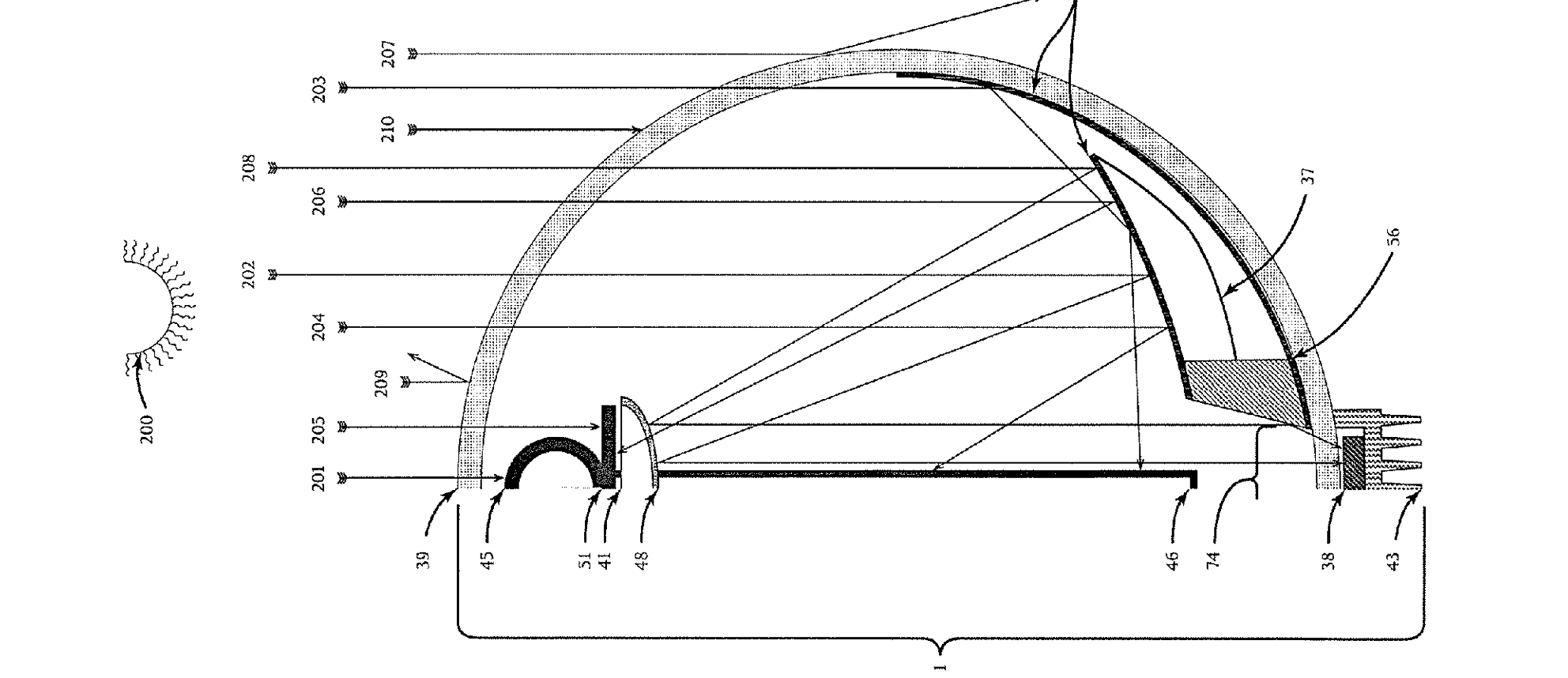
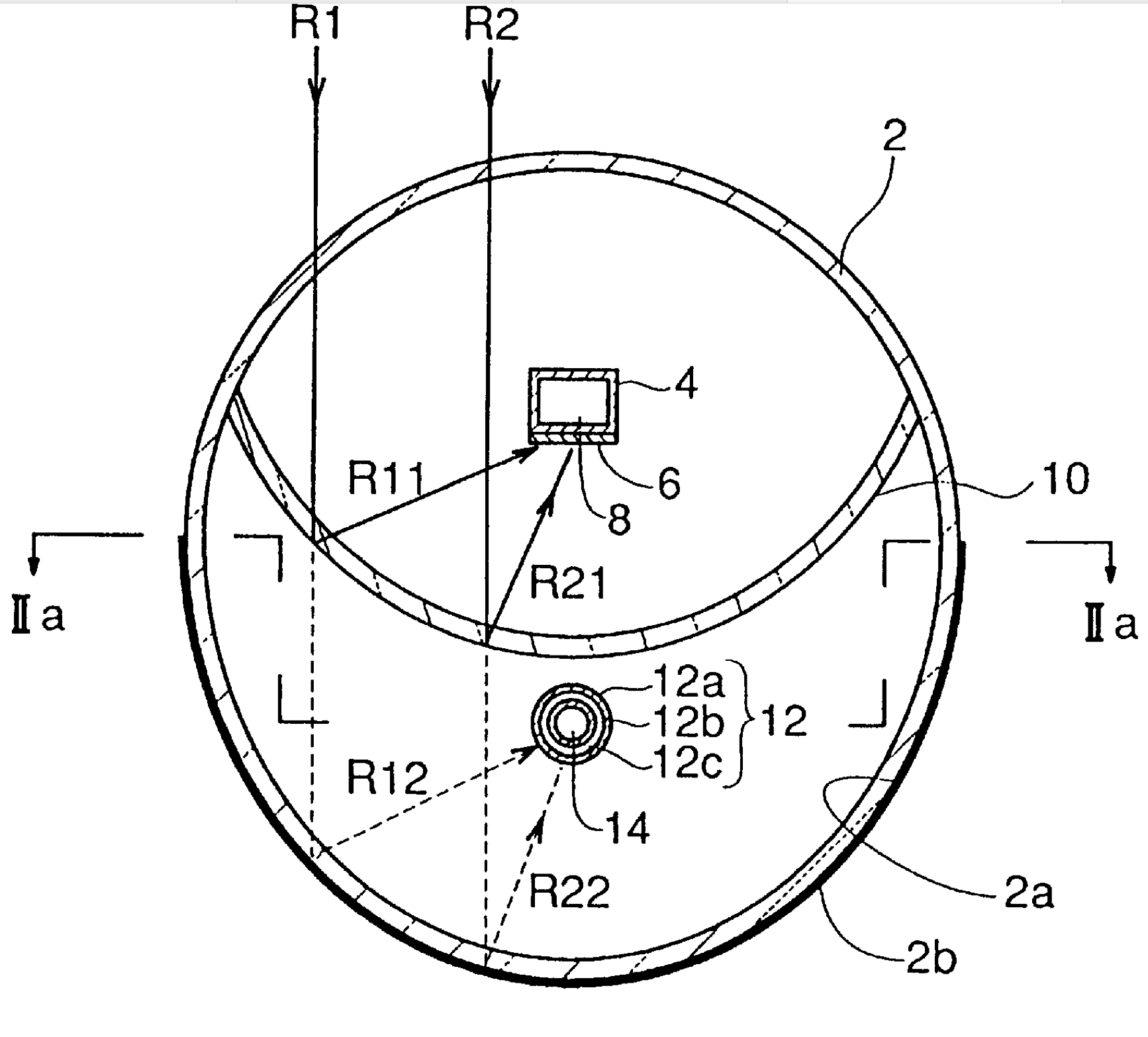
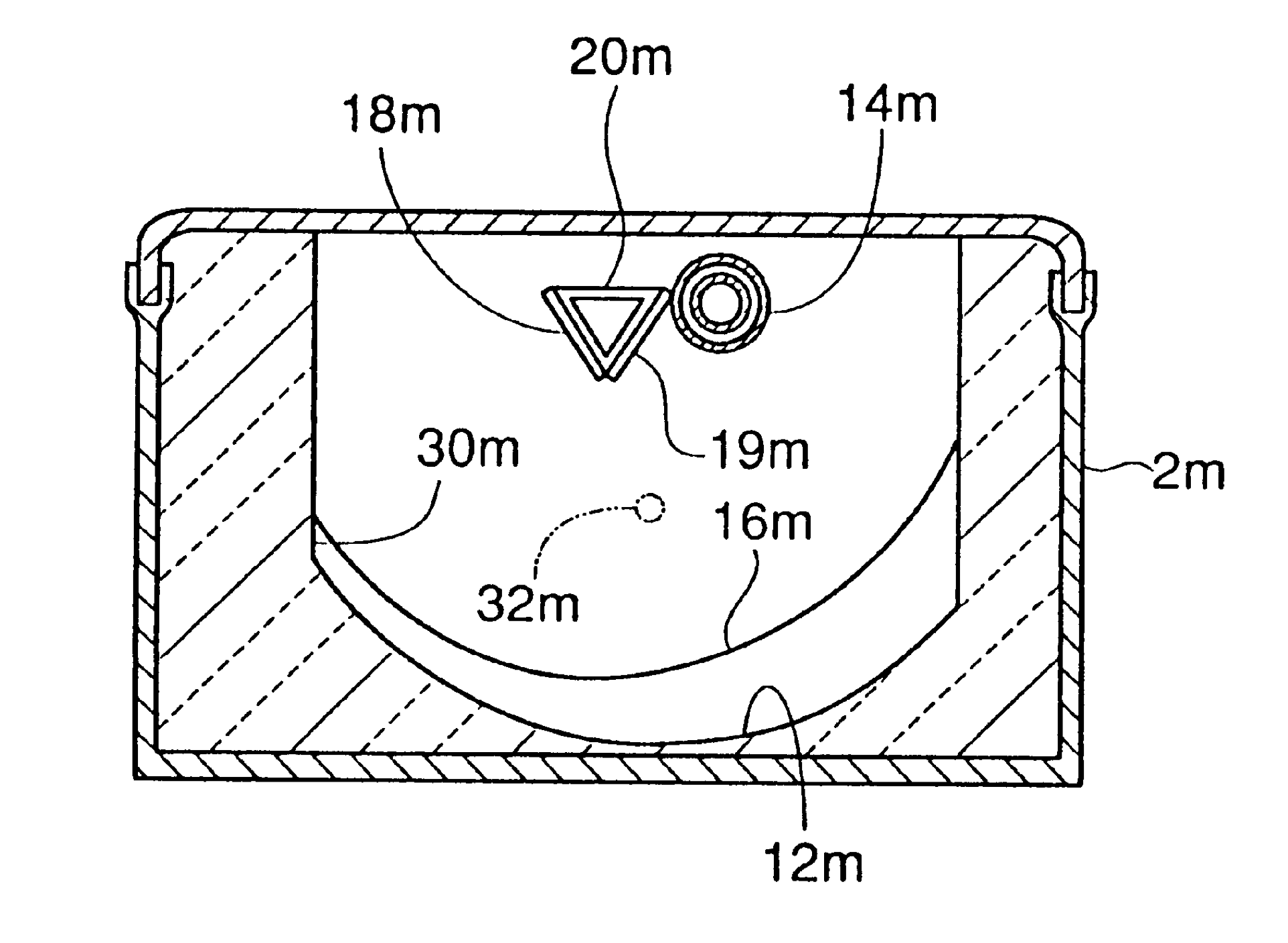
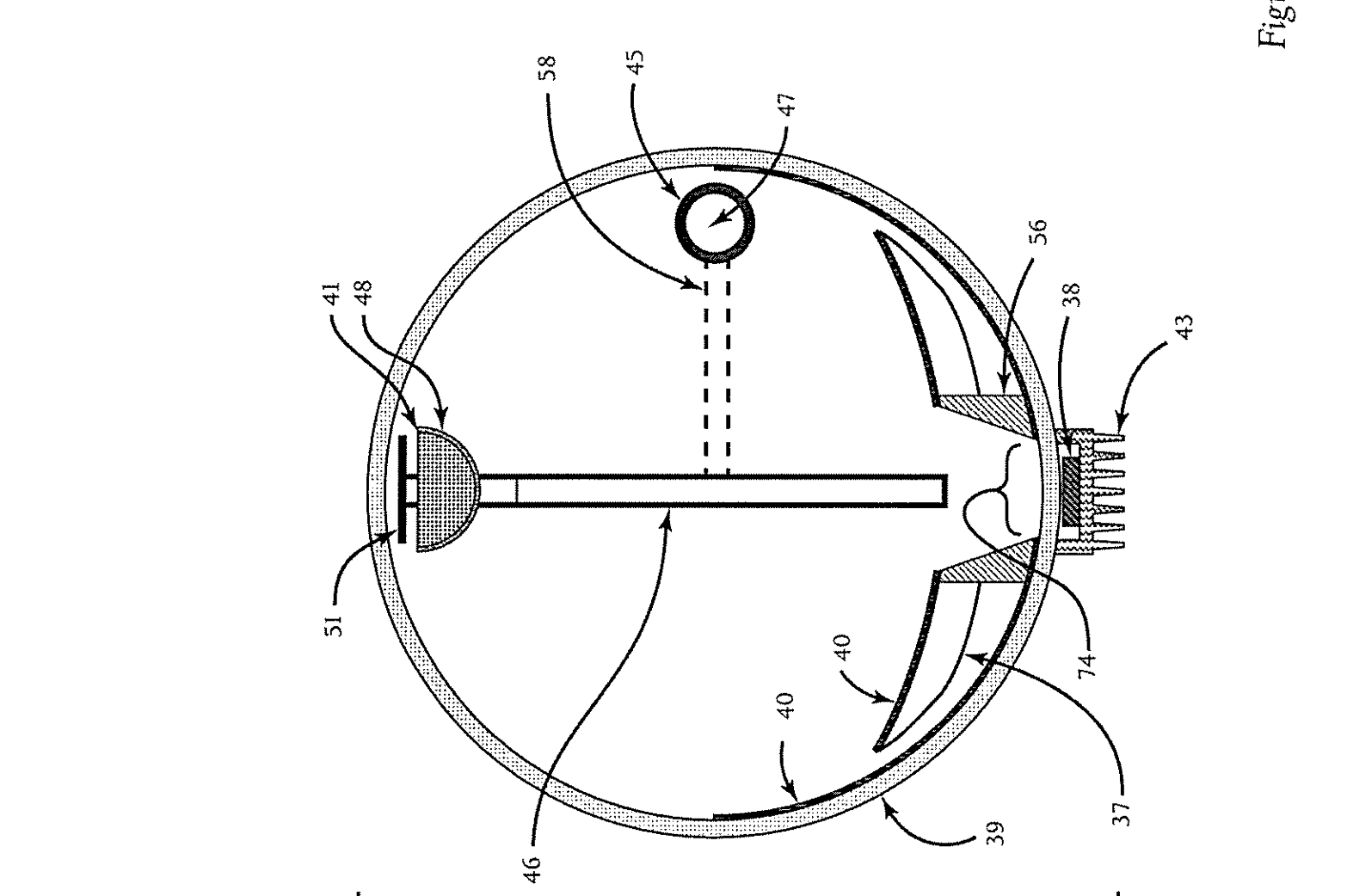
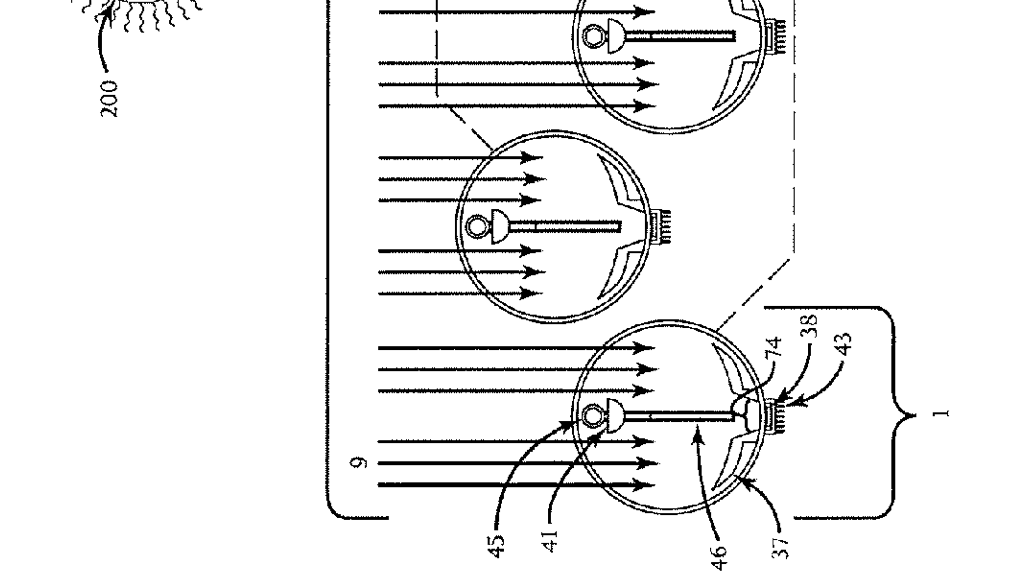
Today (Spring 2023) two important papers came out:
1) https://www.nature.com/articles/s41377-021-00465-1
I was frankly thrilled when I found a paper this year from Gan Huang, Kai Wang & Christos N. Markides . Christos Markides is head of the Imperial College London’s Clean Energy Lab.
It is an essential road map for anybody considering spectral splitting and concentrating approaches. A must read paper. Markides’ inaugural lecture (video link) at ICL also addresses the domain.
The combination of spectrum splitting AND concentration AND PV cell species, taken all together are a pretty complex interactive domain. I had been working using a basic sense of the spectrum available and the response curves for different PV species (mostly Si and GaAs), together with the NREL hero cell grap. Which, for my level of design thinking, was sufficient, or so I hoped. But that nature.com article is just the sort of fleshing out that is needed.
2) Here is a super comprehensive survey paper. Markides keeps piling on the good stuff! (with many co-authors) they really cover the hybrid landscape going back decades and up to today. Not just Spectrum Splitters but the whole rogues gallery of hybrid collection.
Other efforts (and why we must persist):
Another revealing example in the PVT domain is the nearly fully stalled “Naked Energy” hybrid. I know they look like they are an operating company but I am pretty certain they have not found the winning, go to market cost structure use cases for their design. They change the website from time to time to stay fresh looking but even now, many of the images seem to be renders. I know they have funded real technical studies (that they keep to themselves) so they are not one of the full-on pretenders (frauds) we saw back in the 2003-2013 period.
I think a fair proxy for their PVT product (the lower temp one) is the University California Merced ADOPTS collector.
Dr. Winston, the now retired leader of the lab that generated that report is the "father of non-imaging optics and the XCPC” and a skeptic about the cost:benefit ratio of tracking. He is, in his retirement, working on a new company based on his compound parabolic, external reflector, non tracking, low concentration patented collector design I frankly think this is folly... He is, without a doubt, far smarter than me. But I think he has not evolved his understanding of the cost and place of heat in an ever warming world and the problems of dust, frankly. He also under-estimates the abilities of modern manufacturing engineers to refine, and make reliable, basic machinery. I tried repeatedly to engage Dr. Winston and his co-authors on my approach but got no useful replies. So maybe my judgement is colored by that or by not receiving his wisdom directly.
I think the short Springer publication “Concentrating Photovoltaics (CPV): The Path Ahead" by Apostoleris, Stefancich and Chiesa is a really good, concise look at the wins/losses and lessons learned in the CPV domain up to this point.
All that being said, Mr Izumi and Dr. Winston and Dr. Markides are, I think, the guiding lights in this area and will give you a good foundation in the domain. There are lots of other PVT false starts and “also rans” but my goal here was to give you the highlights of the last 10 years of reading and digging into the issues.
Another Slice At The Cooling Angle: Cogenra
Application to cooling is generally missing above. Most "low temperature” hybrids (80C or so) that address cooling services via chillers are just theoretical exercises due to the high cost of equipment and the low COP (0.7) of chillers working at that low a temp. Add to that the low availability of low tonnage chillers… and you have a chicken and egg problem for researchers AND industry. There is a distinct exception: a California company, Cogenra had a pretty good attempt at it with a segmented trough CPVT collector. Their report is worth reading as they faced a bunch of the issues all the way to the (bitter) end. I archived their final report to their funder on my DropBox folder:
They did not conceive of a high temp version (for obvious reasons: they did not have the band separation in mind) but their analysis includes comparisons to thermal-only higher temp approaches. That is very helpful to us and my interpolation of their data will show up in my explainers. So if you only skim their report, do take time to dwell on and consider their chart on Page 41. I think the whole report was well done and worth the read.
NOW WHAT:
My work grows out of a combination of imaginative responses to the problems defined above, and an extensive analysis the hundreds of papers and patents and product spec sheets and reports I have read over the past 10 years or so… all with a mind toward net utility for the dollar, rather than mere efficiency.
[Older but possibly interesting links below]
I've pulled together a few of the better resources on the web for those familiarizing themselves with the field of Hybrid Photovoltaic Thermal collectors. Often they explore rival solutions to the challenge of managing heat and maximizing the use of the available sunlight for a given location.
A study of absorption for Flat PV/T collectors VERY Comprehensive on ebookbrowse (I've never heard of that site before either.)
For a look over the horizon and into the R&D world: ECN has a bunch of studies of PVT initiatives
Here is a good look at a contender from Solarus in Sweden: Here
Most likely the Hybrid you have seen is this one Solimpeks from a first mover in the market.
The other model you might have seen is the Wiosun PV-Therm from Wiosun.
Important benchmark: University of Malaysia researcher Paper comparing two flat hybrids Spiral Water and Square Air Channel: Report (They report efficiencies of 65 and 55% reached but at high mass flow rates and at relatively low temperatures).
More of interest from the PVT Forum where they try to wrap up the basic economic arguments: Some Basics on PVT economics
In the solar sector there is a lot of talk of roadmaps here is one for PVT in particular: Road map for PVT (also from the PVT forum!)
Really good Solar Cogen white paper (mostly the economic argument but the technology gets addressed too) at Cogenra. (linked to their front page as they seem to be moving things about there a good bit... Smart technology and it looks like they are walking directly toward the customers they can do the most good for.
This just in from Intersolar in San Francisco July of 2011: Power Panel. Impressive, tough product. Not clear if they have gotten past the permitting issues in the US (they are a very new company) but they have their eyes on the prize to be sure. They are having a bit of trouble on the site making it clear that sometimes they mix watts thermal and watts electrical for calculations but that strikes me as a natural hazard of trailblazing - not an effort to mislead. They handed out a spreadsheet on a condominum project's ROI calculations in California that was particularly well structured and clear about how the energy nets out and the ROI is best understood.
Here is a report (payment required) that may be of interest:
Abstract: Hybrid photovoltaic-thermal (PV/T) collectors consist of a thermal collector in which a photovoltaic laminate is attached as a thermal absorber. In addition to their improved electrical efficiency, due to the decrease of the photovoltaic temperature, PV/T collectors have also thermal efficiency, which is the main issue of this research. The theoretical study of a photovoltaic-thermal system for domestic heating and cooling has led to the result that the system can cover a remarkable percentage of the domestic heating and cooling demands. Furthermore, the performance of the PV/T collector with respect to the variation of geographical region as well as to different total surface areas of the system was also investigated. According to the results in both cases, the variation of the above-mentioned parameters has notably affected the solar coverage percentage of the system. As a conclusion it could be claimed that the photovoltaic-thermal technology offers a remarkable solution to the problem of domestic heating and cooling, hence contributing to the reduction of energy consumption in houses. Go to Site selling the report (I make no money from this link or any others... the abstract just landed square in the center of this subject)
Here is a look at PV in general but at a fairly technical level: Nice overview of PV technology today and where the advances are though to come next: at NatureAsia.com don't miss out on the high res info graphics. Well done.